Photos From the Field: Little Brown Bats in Hibernia Mine
Data Collected for White-nose Syndrome Research
By: Stephanie Feigin, Wildlife Ecologist
This week, Conserve Wildlife Foundation’s Wildlife Ecologist Stephanie Feigin went into Hibernia Mine with New Jersey Division of Fish & Wildlife Endangered Species and Nongame Program (ENSP) Biologist MacKenzie Hall and John Gumbs with BATS Research Center. The group collected data for important research studies on the fungus responsible for White-nose Syndrome (Pseudogymnoascus destructans) and White-nose Syndrome itself. The data will be used in a UC Santa Cruz University study led by Dr. Winifred Frick, as well as a Rutgers University study led by 2014 Women & Wildlife Education Award Winner Dr. Brooke Maslo.
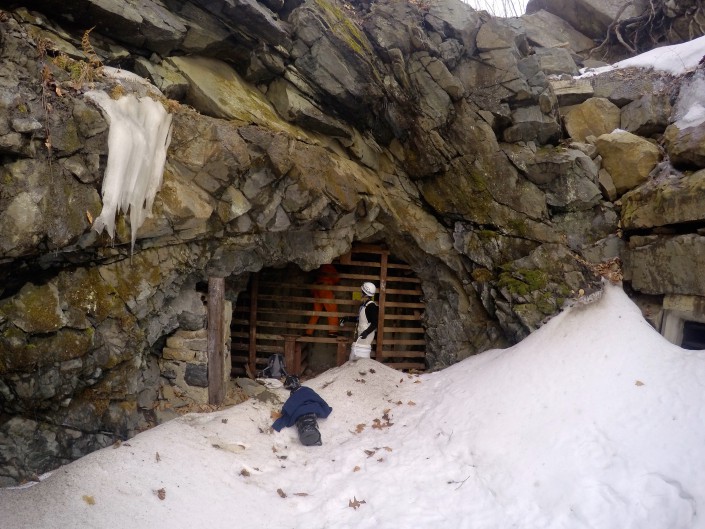
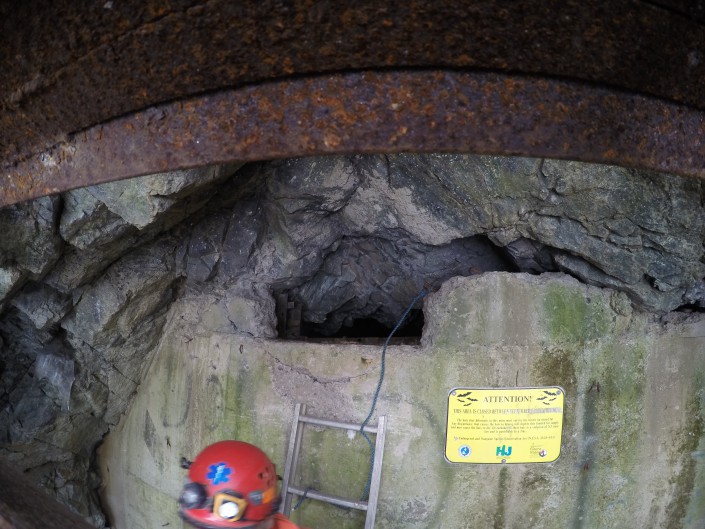
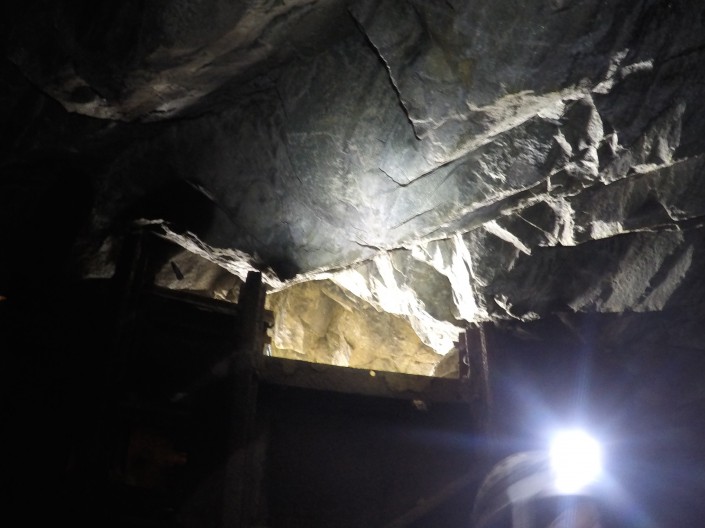
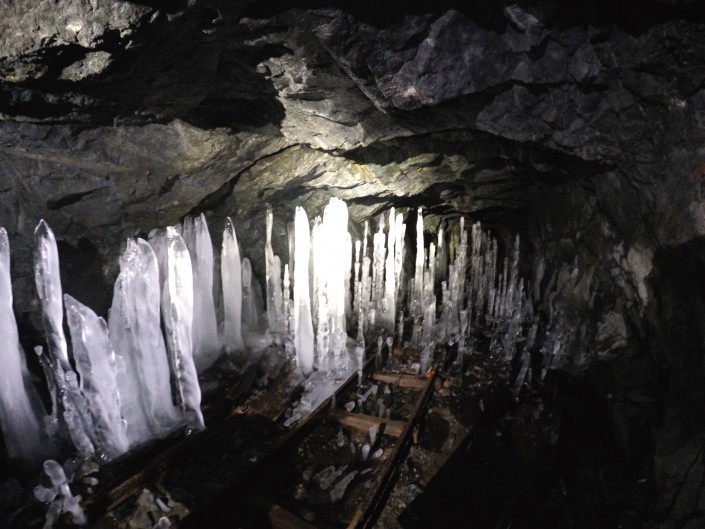
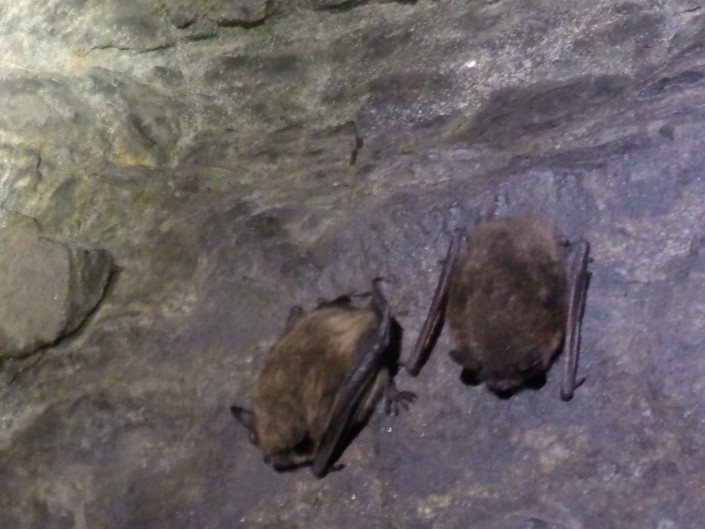
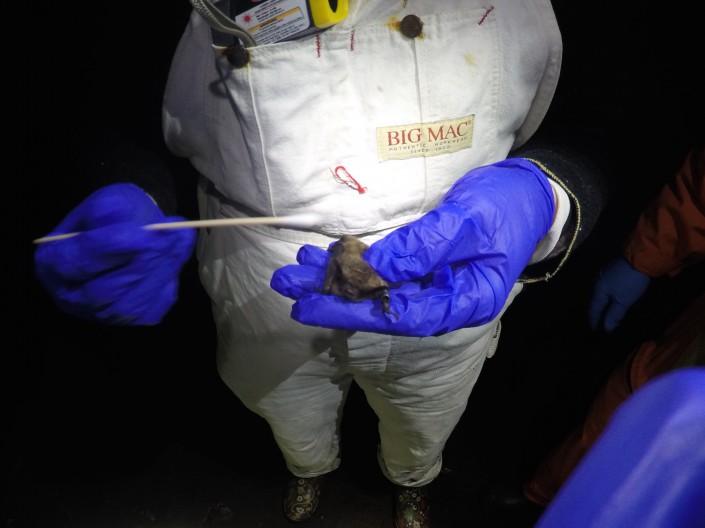
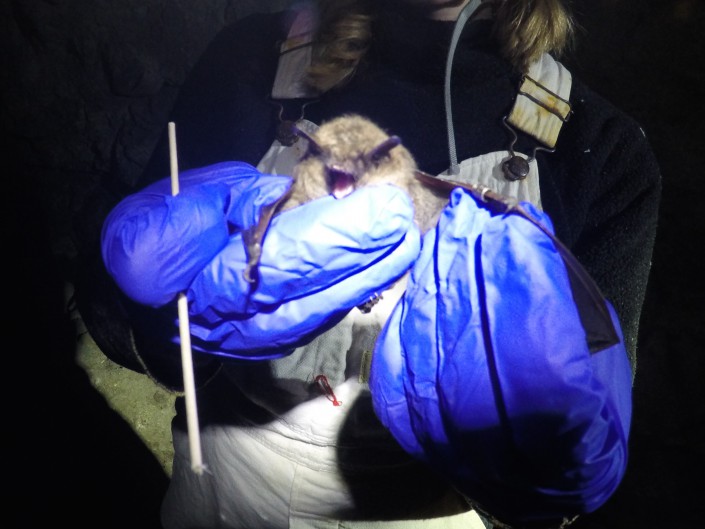
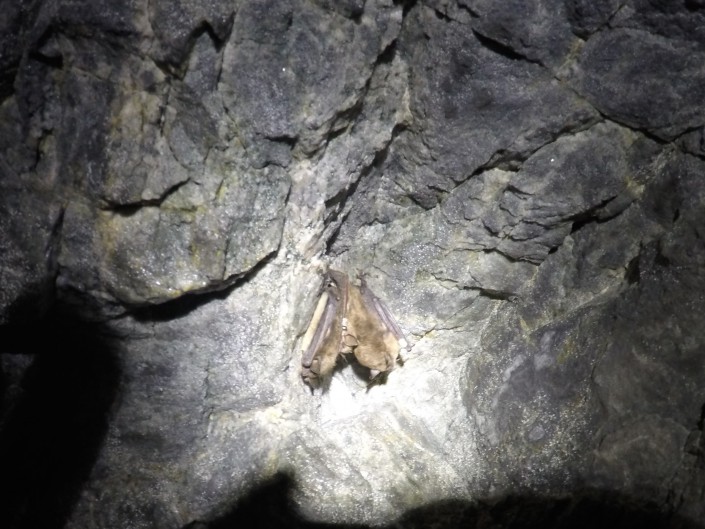
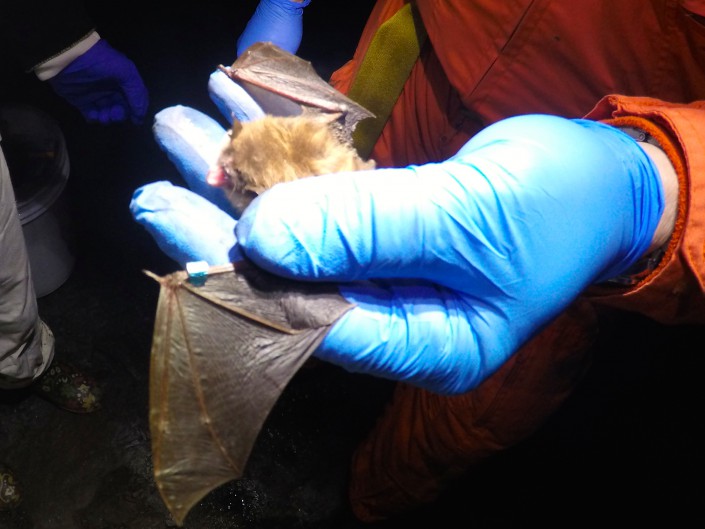
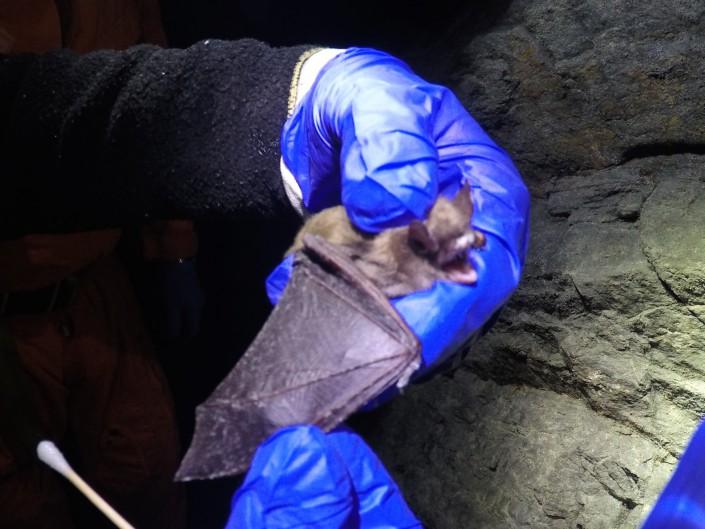
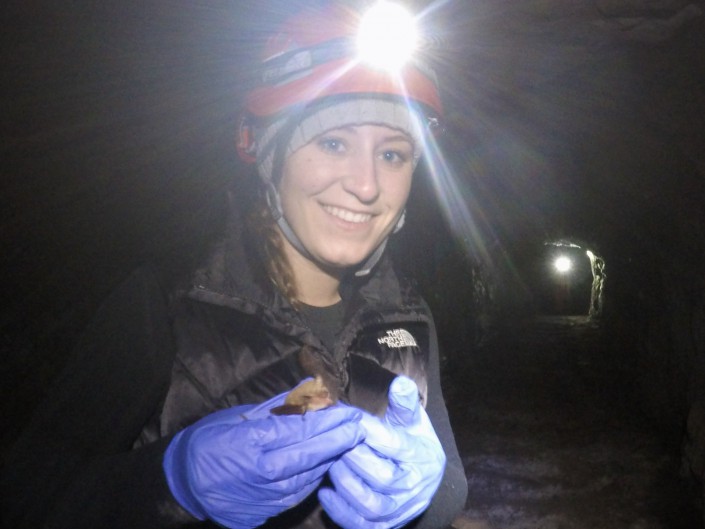
Learn more:
- Conserve Wildlife Foundation’s Online Field Guide: Little Brown Bat
- Conserve Wildlife Foundation’s Bat Project
Stephanie Feigin is a Wildlife Ecologist for the Conserve Wildlife Foundation of New Jersey.